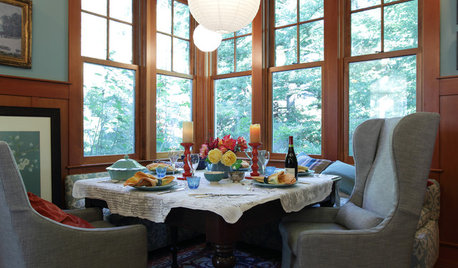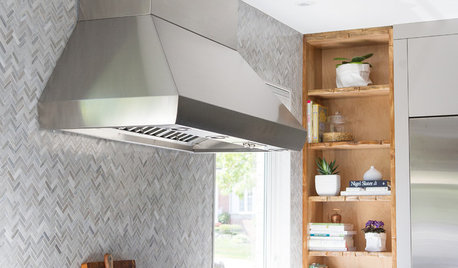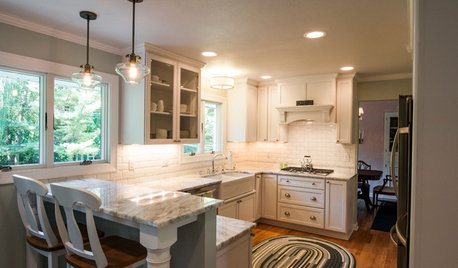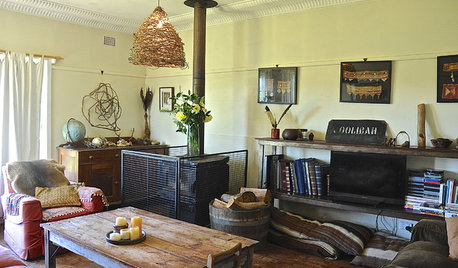As part of my vacation this year, I visited Italy's Amalfi coast and got interested in adding to my container citrus collection with the type of lemon trees I found there. They had especially nice fragrances and skin oils.
I found something very close sold here - the St. Teresa cultivar Femminello lemon. I mail ordered it from Clifton's Nursery and got a nice plant - BTW, their packaging was really well done.
Now, I noticed the potting soil Clifton's used was much different than anything I've seen coming from a nursery -- the soil might have come from another planet! It was a little gritty and oddly colored like a washed out clay . So, I got curious. I wanted to perhaps use something closer to their soil when I potted. Also, I've been having some trouble off and on with my trees (growth not healthy, stunted) and wanted to try something completely different in soil mix.
I research here and found everyone raving about Al's Gritty mix. Also, his original post made technical sense to me, so I decided to attempt making it quickly here with available substitutes on a Saturday afternoon.
I had good luck getting my first ingredient - the water absorbent - right off the bat- the #8822 oil dry from Napa auto parts - they have it in the back room. It's really diatomaceous earth fired to high temperature. $6 per 24 quart bag, so I got 2, but more importantly, now I was committed to see this through.
Orchard supply hardware didn't have any grit or gravel appropriate, nor bulk tree bark appropriate. They did have expensive Orchid fir mix "Wonderbark" made of fine fir. Cringing a little, I got 6x 8-quart bags for $5 each to match the Napa #8822. I also got a small bag of Gypsum.
I ran into trouble looking for the grit or any uniformly sized material 1/8"-3/16" diameter - Home Depot had gravel, but was 1/4" to 1/2" diameter which is too big, plus I don't know how inert the material composition. I tried lumber and material's yards with no luck. Then I thought aquarium gravel and headed to Petsmart. They had a natural gravel, much of it a polished quartz a little bigger on average than I wanted (a little closer to 3/16"), but it looked uniform and looked nice aesthetically. The price, however,was very high - about $14 per 20 pound bag. I did not know at the time of chicken grit,etc, so I just decided to do it for this batch and see how it goes since I really wanted to complete the project this weekend.
I got home, spread out a tarp on my patio, and mixed equal mounds of #8822, orchid fur bark, and gravel. I added the gypsum and mixed. It immediately struck me with a light, uniform, fluid feel to my hands and fingers and very clean. It actually cleaned and dried my hands as I worked the mix. Wow! The mix does not compact much at all and does not clump. It's very fluid, but does hold a shape especially when wet.
I watered thoroughly. The mix held lots of water and yet remained easily movable with my fingers. The water dripping out the bottom of the pot stopped almost immediately after I stopped watering - almost like an empty pot - something I never experienced before with any mix.
I had enough mix to also re-pot a 4-foot tall Meyer lemon and Valencia Orange. I had to work the old soils out of the roots with garden hose water jet and some elbow grease. What a mess it made! I made the gritty mix in batches and each time, and it cleaned my hands off mixing it.
The mix ended up being something entirely different than the Clifton soil. I kept the new lemon in it's as-received nursery soil to help prevent shock, and I just surrounded it with the new mix for now - I'll replace it entirely later especially if the mix does well on the other trees.
I have more citrus trees (had some of them 13 years in pots) - I repotted them a few months ago in regular plant mix you buy at the store, so I'll leave them until I see how the gritty mix works out on a few.
Here are the images below.
A closeup of my version of "Al's Gritty Mix" - with the polished gravel, it actually sports some aesthetics, but not worth $4/gallon. I'll get the poultry grit next time.
{{gwi:593535}}
The St. Teresa Lemon in the gritty mix.
{{gwi:593537}}
This is where it all started for me 2 weeks ago. Hillside terraces full of lemon tress on the Amalfi coastline as scene from the high hill town of Ravello.{{gwi:593540}}
We'll see how things grow, but I do like the look and feel so far.
-husband of gracesantacruz

















cebury
gracesantacruzOriginal Author
Related Professionals
Panama City Landscape Architects & Landscape Designers · Parole Landscape Architects & Landscape Designers · Allentown Landscape Contractors · Battle Ground Landscape Contractors · Brandon Landscape Contractors · Columbine Landscape Contractors · El Sobrante Landscape Contractors · Fairview Landscape Contractors · Hickory Hills Landscape Contractors · Las Vegas Landscape Contractors · Merced Landscape Contractors · New Providence Landscape Contractors · Palatine Landscape Contractors · Salem Landscape Contractors · Eastlake Landscape Contractorscebury
gracesantacruzOriginal Author
redshirtcat
gracesantacruzOriginal Author
gracesantacruzOriginal Author
andersons21
gracesantacruzOriginal Author